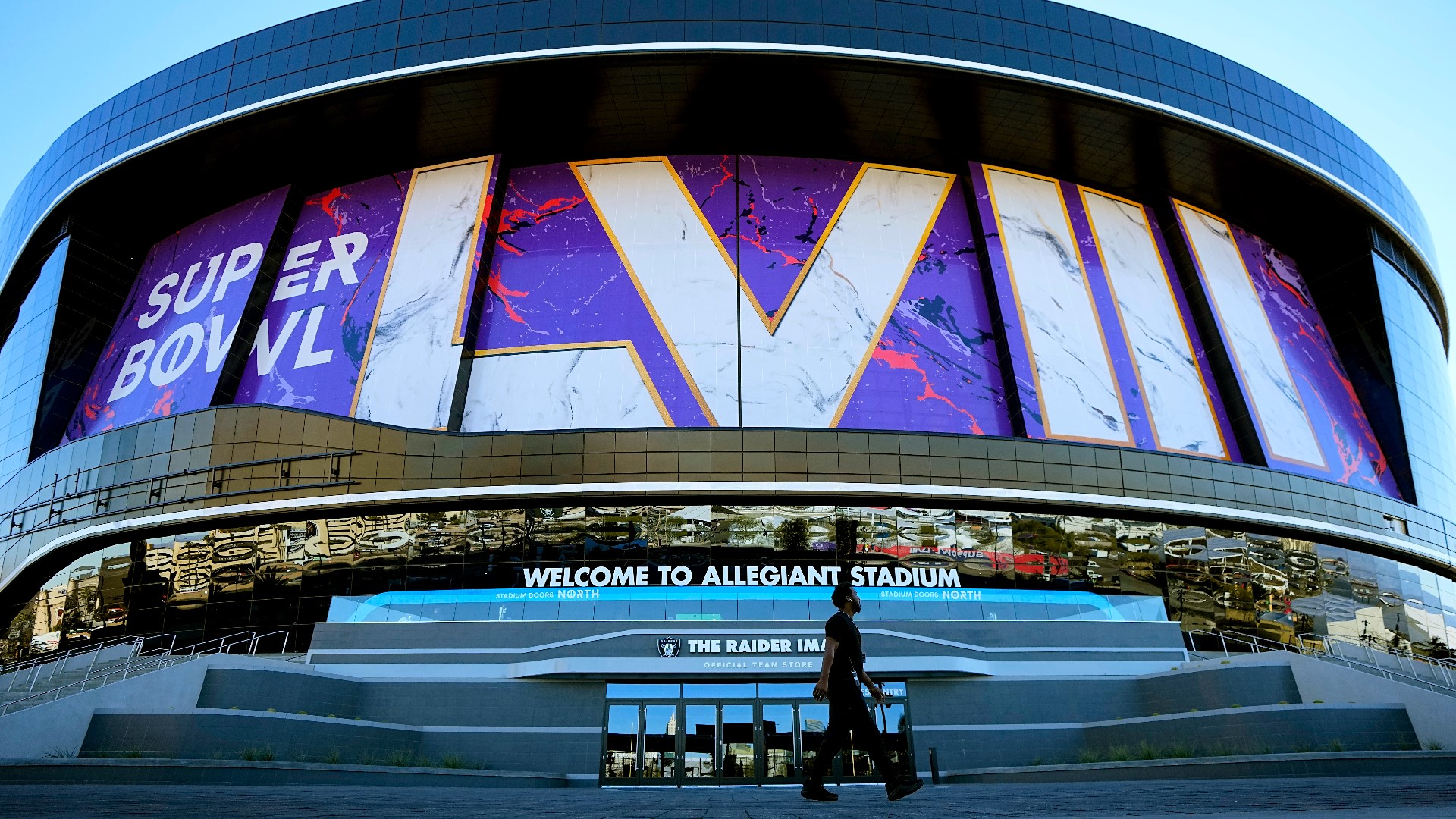WASHINGTON — The players who win the Super Bowl will not only get a ring and a parade back home, they'll receive a six-figure bonus.
The NFL's collective bargaining agreement outlines exactly how much players get paid per game during the postseason and the championship.
When it comes to pay for the Super Bowl, it doesn't matter whether the Kansas City Chiefs or San Francisco 49ers are the winners, their players will still get paid tens of thousands of dollars. Of course, it's the winners who get a bigger payday.
How much do players get for winning the Super Bowl?
Players on the winning team in Super Bowl 58 will get $164,000 each. Players on the losing team will get $89,000. That's $7,000 more than last year's Super Bowl bonus.
In the first Super Bowl back in 1967, players on the winning team received $15,000 and the losing team got $7,500. Technically the winning prize has increased 993% but that doesn't account for inflation.
That $15,000 prize in 1967 would have the same buying power as nearly $140,000 today, according to a U.S. Bureau of Labor Statistics inflation calculator.
How much players got paid in every Super Bowl through the years
Winner-Loser
2024: $164,000-$89,000
2023: $157,000-$82,000
2022: $150,000-$75,000
2021: $130,000-$65,000
2020: $124,000-$62,000
2019: $118,000-$59,000
2018: $112,000-$56,000
2017: $107,000-$53,000
2016: $102,000-$51,000
2015: $97,000-$49,000
2014: $92,000-$46,000
2013: $88,000-$44,000
2012: $88,000-$44,000
2011: $83,000-$42,000
2010: $83,000-$42,000
2009: $78,000-$40,000
2008: $78,000-$40,000
2007: $78,000-$40,000
2006: $73,000-$38,000
2005: $68,000-$36,500
2004: $68,000-$36,500
2003: $63,000-$35,000
2002: $63,000-$34,500
2001: $58,000-$34,500
2000:$58,000-$33,000
1999: $53,000-$32,500
1998: $48,000-$29,000
1997: $48,000-$29,000
1996: $42,000-$27,000
1995: $42,000-$26,000
1994: $38,000-$23,500
1993: $36,000-$18,000
1992: $36,000-$18,000
1991: $36,000-$18,000
1990: $36,000-$18,000
1989: $36,000-$18,000
1988: $36,000-$18,000
1987: $36,000-$18,000
1986: $36,000-$18,000
1985: $36,000-$18,000
1984: $36,000-$18,000
1983: 36,000-$18,000
1982: $18,000-$9,000
1981: $18,000-$9,000
1980: $18,000-$9,000
1979: $18,000-$9,000
1978: $18,000-$9,000
1977: $15,000-$7,500
1976: $15,000-$7,500
1975: $15,000-$7,500
1974: $15,000-$7,500
1973: $15,000-$7,500
1972: $15,000-$7,500
1971: $15,000-$7,500
1970: $15,000-$7,500
1969: $15,000-$7,500
1968: $15,000-$7,500
1967: $15,000-$7,500
How much do Super Bowl halftime show performers get paid?
While the Super Bowl is arguably one of the biggest performances possible for artists, many people are surprised to learn the halftime show acts don't get paid by the NFL.
The league instead handles production costs and expenses for performers, but the exposure to hundreds of millions of people worldwide during one of the most-watched events of the year is considered priceless.
Halftime show performers typically see a huge uptick in music sales and streaming as well.
The Associated Press contributed to this report.

